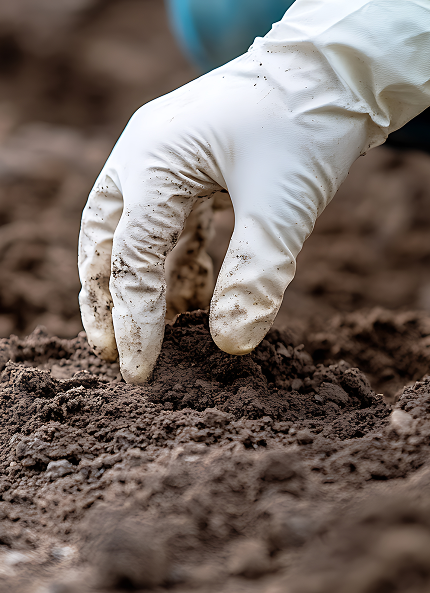From waste to raw material: a virtous recovery process.


Soil washing represents a new method for treating wastewater, which allows the recovery and regeneration of solid material that can be reused in the construction and roadwork sectors, thereby reducing the environmental impact of water use.
It was developed with the aim of providing a service to the local area, in line with the principles of the circular economy.
The new Soil Washing plant in Ostia, build on the site of a decommissioned line of the wastewater treatment plant, is a cleare example of our commitment to sustainability.
Il processo di Soil washing consente di trattare il materiale di scarto prodotto dal vicino impianto di depurazione oltre a quello derivante dalla pulizia delle fognature.
Through a series of steps, coarse and metallic parts are first removed from the sludge, which then undergoes centrifugation and washing processes with water recovered from the wastewater treatment plant.
During these stages, raw materials ready for reuse are produced, such as sand and gravel, which are analyzed and certified before being made available for our production processes (e.g., road excavations or the construction of a pipeline bedding).
The new plant contributes to a significant reduction of the ecological footprint of the entire wastewater treatment cycle, while also fostering the creation of a model that can be replied in other urban or industrial contexts. In particular, this plant:
It recovers up to 80% of the materials from wastewater treatment (sand and solid residues).
It enables the reuse of recovered materials for road backfilling, maintenance and engineering works.
It significantly reduces landfill disposal, lowering both costs and the environmental impact associated with the disposal process, which relies on road transport.
It reduces the consumption of new raw materials.